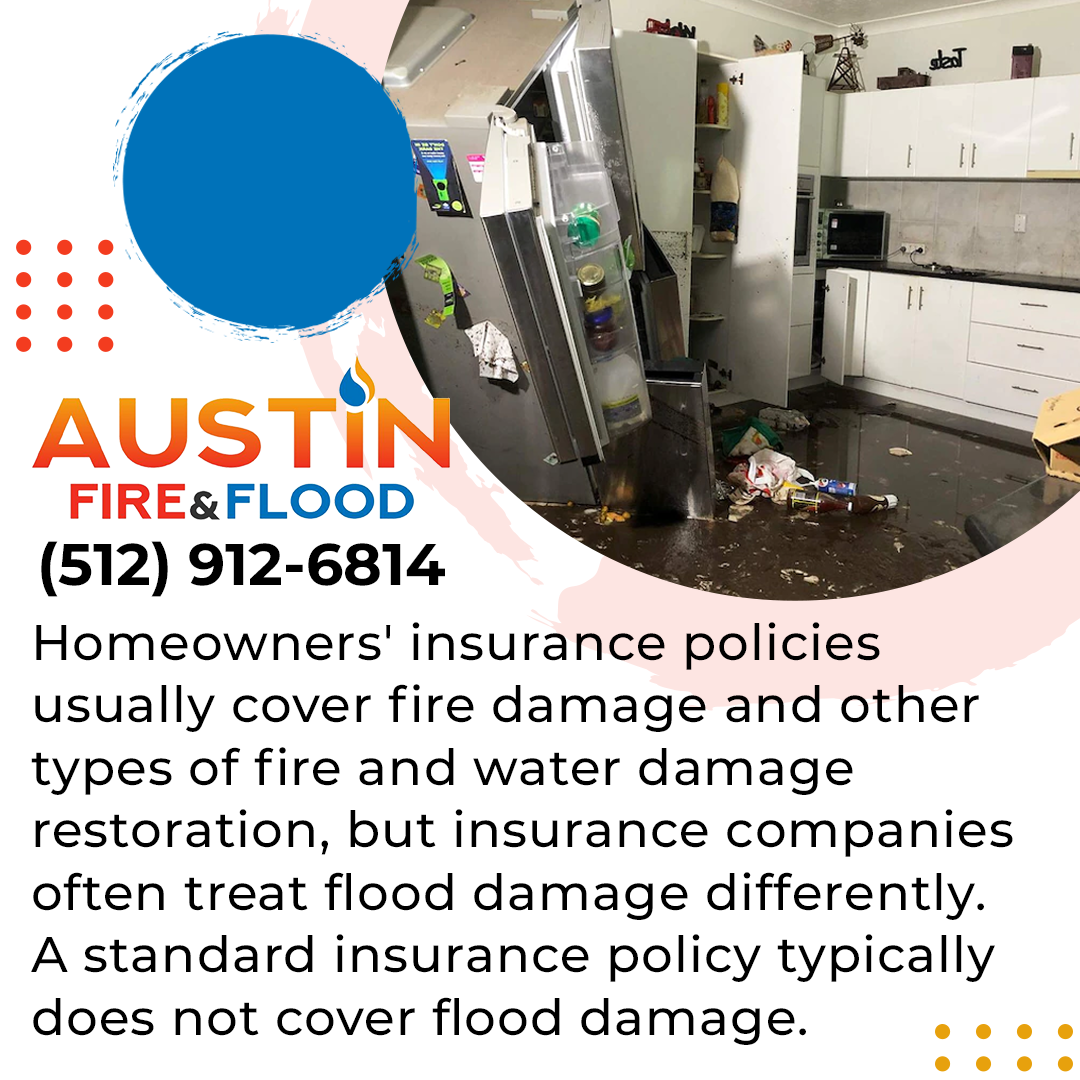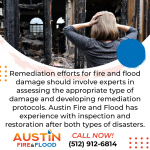When disaster strikes and homeowners with water exposure confront the prospect of waterlogged floors, soaked family heirlooms, discolored walls, and mold, their first concern when seeking fire and water damage restoration is to protect their families and their property.

In 2020, fires caused over $20 billion in losses, including fire and water damage restoration costs. Floods were also a substantial cause of damage to homes, often in locations that do not have a history of flood damage. Increasingly volatile weather brings new dangers of storm surges, historic rainfall, drought, and wildfire.
Homeowners often do not distinguish between storm damage, bust pipes, water damage due to fires, and floods. The last two sources of water damage differ from storm damage and burst pipes in ways that can affect insurance coverage and fire and water damage restoration protocols.
Insurance Coverage
Homeowners' insurance policies usually cover fire damage and other types of fire and water damage restoration, but insurance companies often treat flood damage differently. A standard insurance policy typically does not cover flood damage.
The distinction that insurance companies make when approving or denying coverage is whether the water comes from the groundwater or another source, such as rainwater or the public water supply.
To cover the cost of fire and water damage restoration, homeowners should purchase a separate flood insurance policy.
The Type of Water
In a house fire, water damage typically results from sprinkler systems or firefighters spraying the affected area of the home. Water from fire suppression efforts is clean, treated water that does not have contamination. Water restoration experts call this type of water damage Category 1.
Flood water is untreated water that could have toxins, mold, and bacterial contamination, which is Category 2 or 3 water. The contamination can be even worse if flood water mixes with chemical spills and other toxic chemicals.
The Types of Damage
Fire damage and flood damage introduce different problems and sources of contamination. In cases of fire damage, water can mix with ash and soot. Damage to the roof can make fire-damaged properties vulnerable to rain and snow.
In contrast, flood damage is more likely to affect basements and ground floor structures.
Remediation efforts for fire and flood damage should involve experts in assessing the appropriate type of damage and developing remediation protocols. Austin Fire and Flood has experience with inspection and restoration after both types of disasters.

Turn to Austin Fire and Flood for Fire and Water Damage Restoration
Austin Fire and Flood, the top water damage restoration company in the Austin area, works with many families recovering from disaster. They want members of the North Loop, TX, community to understand fire and water damage restoration procedures. These highly qualified damage remediation technicians return homes to their original condition whenever possible and restore families' peace of mind.
Call Austin Fire and Flood at (512) 912-6814 to schedule a damage assessment in the aftermath of a flood or house fire.
































